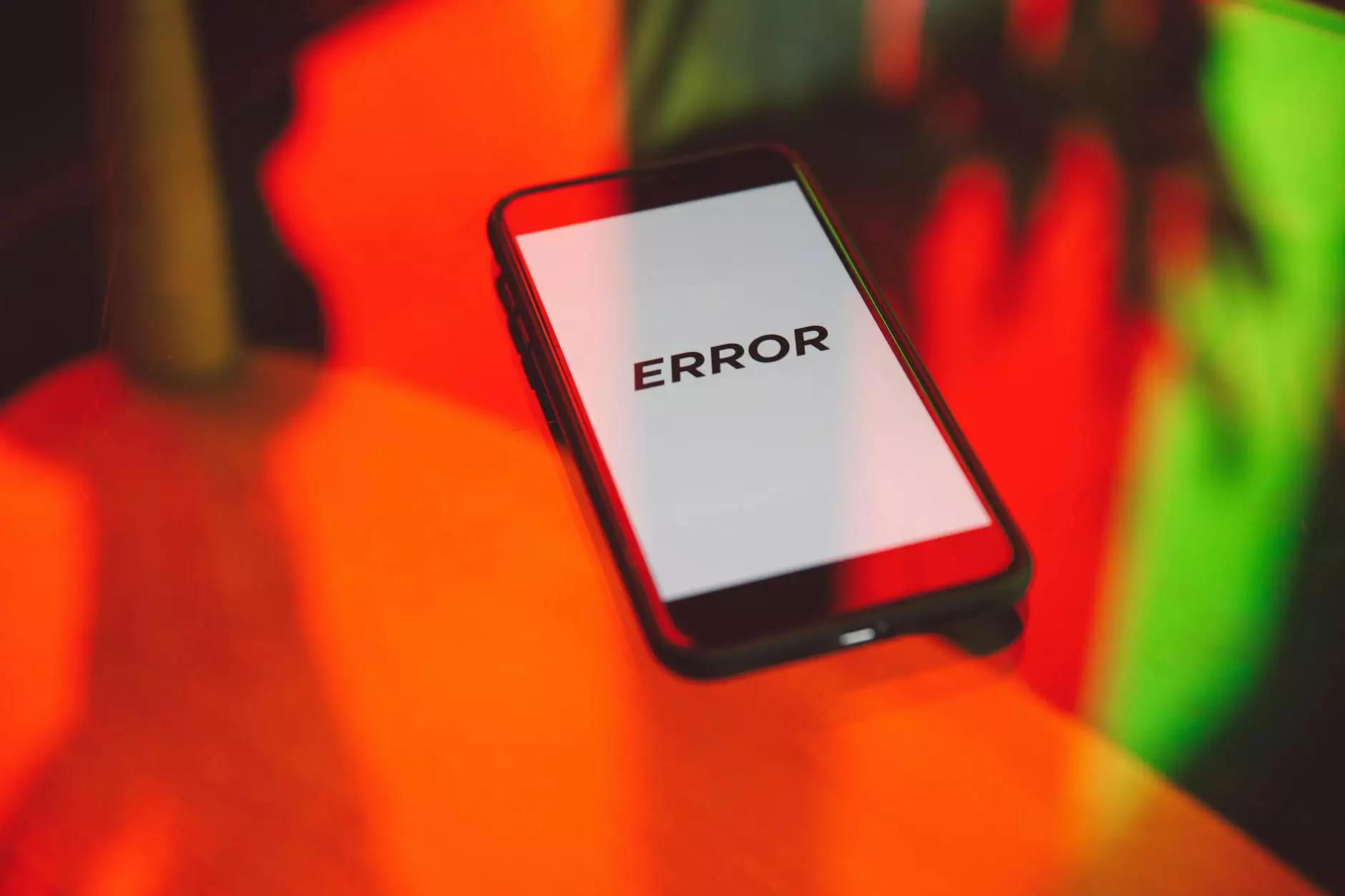The Intriguing World of Vicios del Lenguaje

Welcome to Pulver Creative, your ultimate destination to unravel the mysteries of 'vicios del lenguaje.' Language vices play a significant role in how we communicate, affecting both written and spoken interactions. In this comprehensive guide, we delve into the depths of language vices, exploring examples, types, and their impact on effective communication.
Understanding Language Vices
Language vices, or 'vicios del lenguaje,' refer to errors, misuses, or inappropriate language structures that hinder clear communication. These vices can manifest in various forms, including syntactic errors, semantic misinterpretations, and punctuation mistakes. Recognizing and rectifying these vices is crucial for enhancing language precision and clarity.
Examples of Common Language Vices
Let's explore some examples of prevalent 'vicios del lenguaje' that you may encounter in everyday communication:
1. Barbarism
Barbarism is a language vice characterized by the incorrect usage of words or expressions. For example, using 'exited' instead of 'excited' constitutes a barbarism.
2. Solecism
Solecism refers to grammatical errors in speech or writing. An example of a solecism is the incorrect use of subject-verb agreement, such as 'he don't' instead of 'he doesn't'.
3. Ambiguity
Ambiguity occurs when a sentence or phrase can be interpreted in multiple ways, leading to confusion or miscommunication. Clear and precise language helps eliminate ambiguity.
Types and Impact of Language Vices
Language vices can be categorized into syntactic, semantic, and stylistic errors, each influencing communication differently. Understanding the types and impact of these vices is essential for effective language usage.
Syntactic Errors
Syntactic errors affect the structure of sentences, leading to grammatical inaccuracies. Examples include improper word order, lack of agreement between subject and verb, and misuse of punctuation marks.
Semantic Misinterpretations
Semantic misinterpretations occur when words or phrases are used incorrectly, resulting in a deviation from the intended meaning. Proper usage of vocabulary and contextual understanding can help prevent semantic errors.
Stylistic Flaws
Stylistic flaws impact the overall tone and coherence of written or spoken language. Issues like redundancies, clichés, and inappropriate figurative language can diminish the quality of communication.
Enhancing Language Precision
By identifying and rectifying 'vicios del lenguaje,' individuals can enhance their language precision and effectiveness. Paying attention to grammar rules, language conventions, and clarity in expression can contribute to better communication outcomes.
Conclusion
In conclusion, understanding and addressing 'vicios del lenguaje' are essential steps towards improving communication skills. By recognizing common language vices, learning from examples, and striving for clarity and precision, individuals can elevate their language proficiency and ensure effective interactions in both personal and professional contexts.
Explore Pulver Creative for expert insights on language vices and other communication topics. For inquiries and consultations, contact us today.









